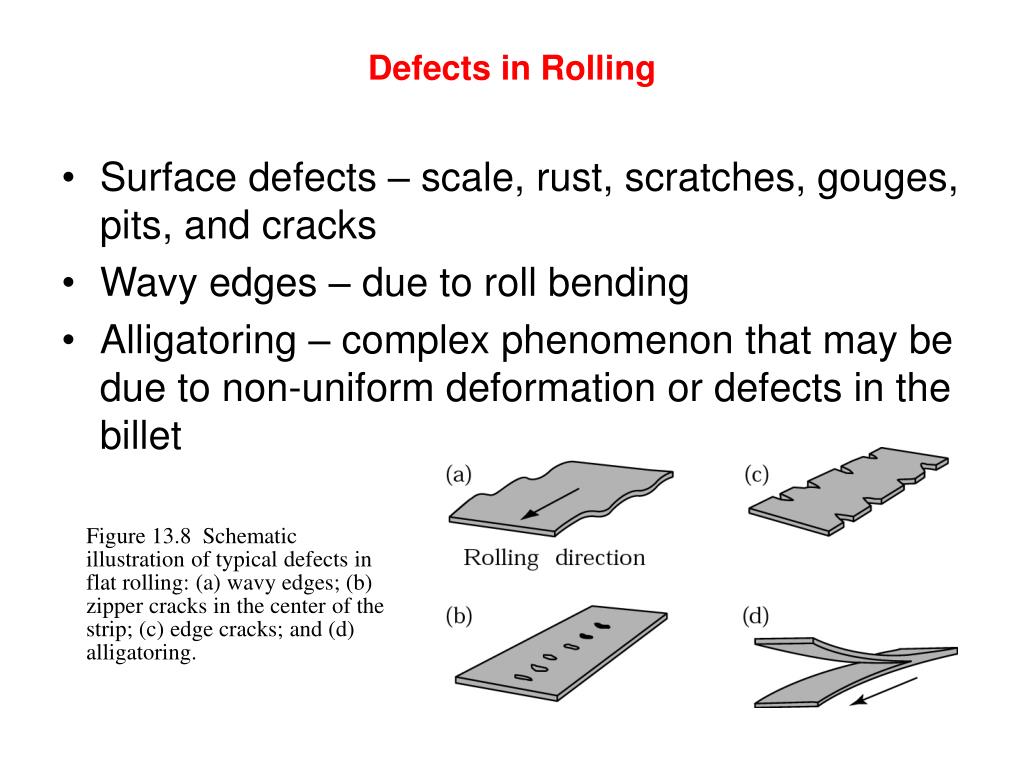

Operator experience also plays a role, with a trend towards decreased BAV use in more experienced centres.

Lower profile delivery systems allow smoother passage of the prosthesis across the stenosed valve, and stronger radial force with better expansion of the valve within the annulus as well as improved understanding of aortic valve assessment using 3D echocardiography or CT imaging has led many operators to consider BAV no longer mandatory. Successive iterations of TAVR devices have, however, come some way in resolving these potential issues, and direct TAVR implantation is now more frequently used. In particular, self-expanding TAVR valves often have a lower radial force and may be underexpanded when deployed without predilation, especially in severely calcified aortic valves. 1 The mechanical effects of BAV (fracturing of the calcium and separation of fused cusps) increase the orifice area to theoretically allow smoother passage of the TAVR prosthesis through the stenosed valve, prepare the valve for TAVR implantation, and ensure uniform expansion of the prosthesis by decreasing radial counterforces, thereby avoiding paravalvular leak (PVL) or valve malposition. The first randomised controlled trials demonstrating the efficacy of TAVR versus conservative management included BAV as part of the implantation technique and treatment of the control group. Therefore, the aims of this review are to consider the current data and to identify in which patients and situations their use should be recommended.īAV was initially considered a mandatory step when performing TAVR. Given the continually growing use of, and knowledge about, TAVR and its extension to low-risk patients, it seems appropriate to revisit the evidence available on BAV and balloon postdilation (BPD). As such, an individualised approach to the TAVR procedure is required. BAV, once considered a mandatory step, is now reserved for specific circumstances, as is postdilation of TAVR prostheses. The TAVR procedure has also evolved, with an emphasis on simplified procedures that involve less frequent balloon valvuloplasty (BAV) of the native valve, less rapid pacing with less frequent need for transvenous temporary pacing wires, and increasing use of the radial approach for non-therapeutic access. In the 10 years since the original randomised controlled clinical trials were published examining the role of transcatheter aortic valve replacement (TAVR) in the treatment of severe symptomatic aortic stenosis, TAVR devices have evolved and the choice of TAVR devices has grown at an exponential rate.


 0 kommentar(er)
0 kommentar(er)
